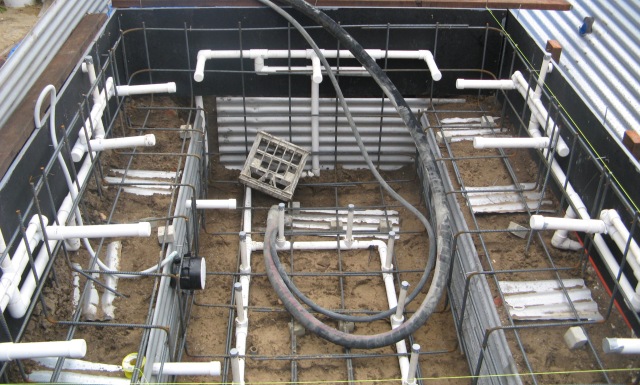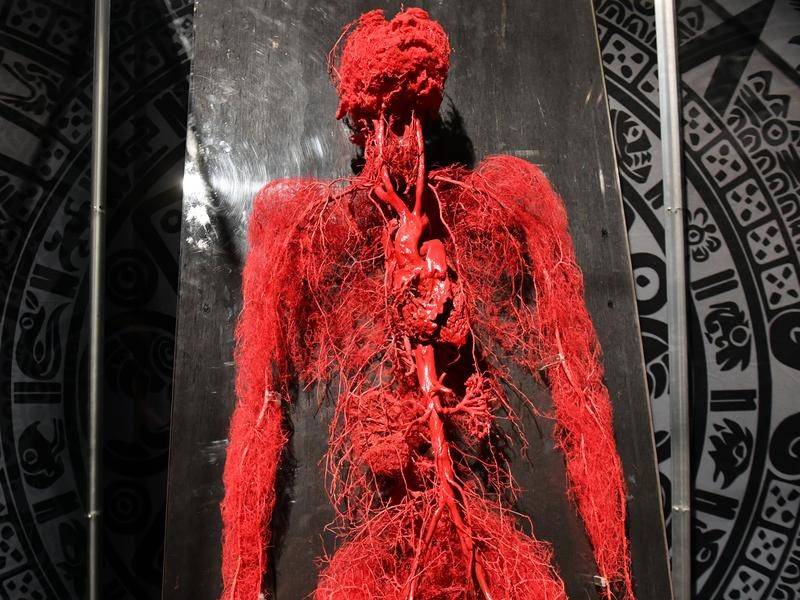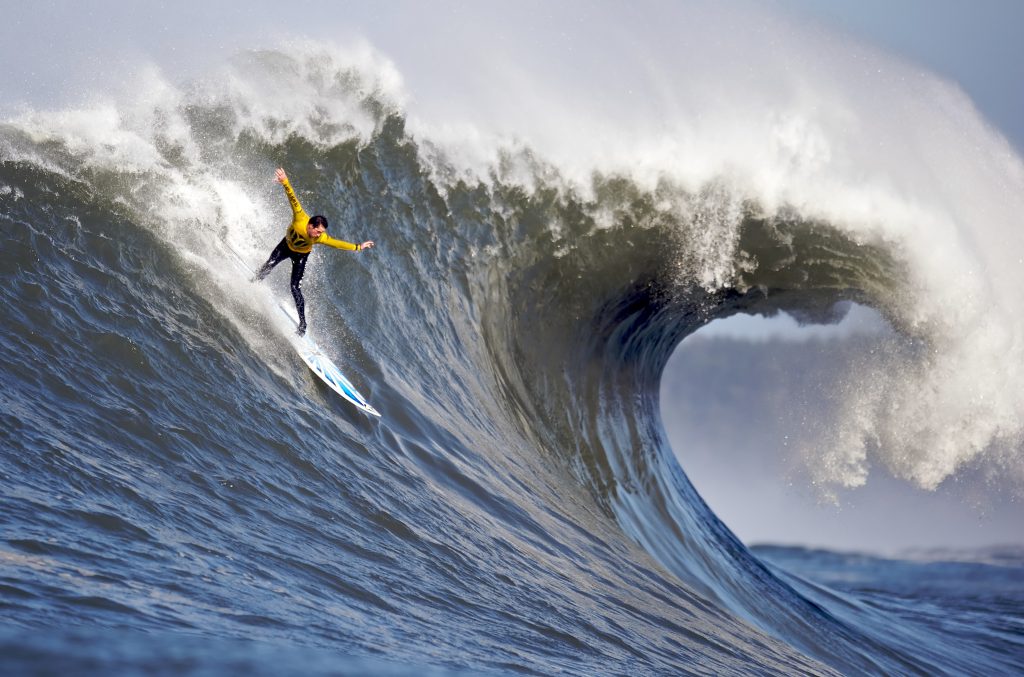Getting Blood To The Body
Published .
How the Heart Works
The heart is an organ, about the size of a fist. It is made of muscle and pumps blood through the body. Blood is carried through the body in blood vessels, or tubes, called arteries and veins. The process of moving blood through the body is called circulation. Together, the heart and vessels make up the cardiovascular system.
Structure of the Heart
The heart has four chambers (two atria and two ventricles). There is a wall (septum) between the two atria and another wall between the two ventricles. Arteries and veins go into and out of the heart. Arteries carry blood away from the heart and veins carry blood to the heart. The flow of blood through the vessels and chambers of the heart is controlled by valves.
Blood Flow Through the Heart
The heart pumps blood to all parts of the body. Blood provides oxygen and nutrients to the body and removes carbon dioxide and wastes. As blood travels through the body, oxygen is used up, and the blood becomes oxygen poor.
- Oxygen-poor blood returns from the body to the heart through the superior vena cava (SVC) and inferior vena cava (IVC), the two main veins that bring blood back to the heart.
- The oxygen-poor blood enters the right atrium (RA), or the right upper chamber of the heart.
- From there, the blood flows through the tricuspid valve (TV) into the right ventricle (RV), or the right lower chamber of the heart.
- The right ventricle (RV) pumps oxygen-poor blood through the pulmonary valve (PV) into the main pulmonary artery (MPA).
- From there, the blood flows through the right and left pulmonary arteries into the lungs.
- In the lungs, oxygen is put into the blood and carbon dioxide is taken out of the blood during the process of breathing. After the blood gets oxygen in the lungs, it is called oxygen-rich blood.
- Oxygen-rich blood flows from the lungs back into the left atrium (LA), or the left upper chamber of the heart, through four pulmonary veins.
- Oxygen-rich blood then flows through the mitral valve (MV) into the left ventricle (LV), or the left lower chamber.
- The left ventricle (LV) pumps the oxygen-rich blood through the aortic valve (AoV) into the aorta (Ao), the main artery that takes oxygen-rich blood out to the rest of the body.
The Way A Normal Pump Works

Imagine a swimming pool sitting in a backyard. The water in the pool has to be circulated through a filter and re-chlorinated many times a day. The pool pump and filter works in a “closed loop” system, meaning that for the most part, the water that enters the pump from the pool will be pumped back into the pool . It starts by drawing water from both the pool and the skimmer and delivering it to the pump and motor. Once it reaches the pump the water passes through an initial filter called the “strainer pot basket” then passed through the motor to your pool’s cartridge filters which remove any remaining debris and contaminants from the water. Next the water is passed into a chlorinator where chlorine is added and then returned to the pool itself.

Now consider the kind of resistance the pump will encounter as water passes through the network of PVC pipes. The resistance to flow will probably be as minimal as possible to ensure the pump is able to work as intended. All the pump needs to do is continually move water through this circuit of pipes. While the pump is running, all it wants to do is to move the water at a steady flow. Since the water moves at a steady or constant flow, the pressure in the pipes remain at one pressure. Unless something is wrong with the pipes or the pump, the pressure in the system will remain the same. As long as the water is constantly moving through the circuit of pipes, the system works as it is intended.
The heart is the pump of the circulatory system. Like the pool, the circulatory system is also closed loop. Meaning what is moved through the pump will eventually be returned to the pump at a later time. Unlike the simple circuit of PVC pipes, the circulatory system is far more complex. The blood vessels (the pipes) of the circulatory system are arteries, arterioles (small arteries), capillaries (tiny blood vessels, sometimes microscopic in size), venules (tiny veins), and veins. To make matters more complex, the circulatory system is so comprehensive, that if the skin and organs were removed but the blood vessels were left intact, the outline of a person can still be seen.

So how does the left ventricle of the heart pump the blood to this unbelievably complex network of blood vessels? Since the heart moves the blood with each contraction, residual flow is achieved with each contraction. The pressure caused by this residual flow is measured as the diastolic blood pressure. The pressure during contraction is measured as the systolic blood pressure. The circulatory system is different from the pipes that circulate water in a pool in that it produces not only a static flow of blood, but also a wave of blood with each contraction. This dynamic pressure allows the heart to overcome the resistance encountered by the complex network of blood vessels (some of which don’t always contain blood). So how does the blood arrive at the farthest reaches of the circulatory system? It surfs there on a wave created by the contraction of the left ventricle.

The wave can be assessed as a blood pressure with the systolic measurement being the wave. The wave can be felt as a pulse. If there were not a systolic wave, there would be no palpable pulse.
